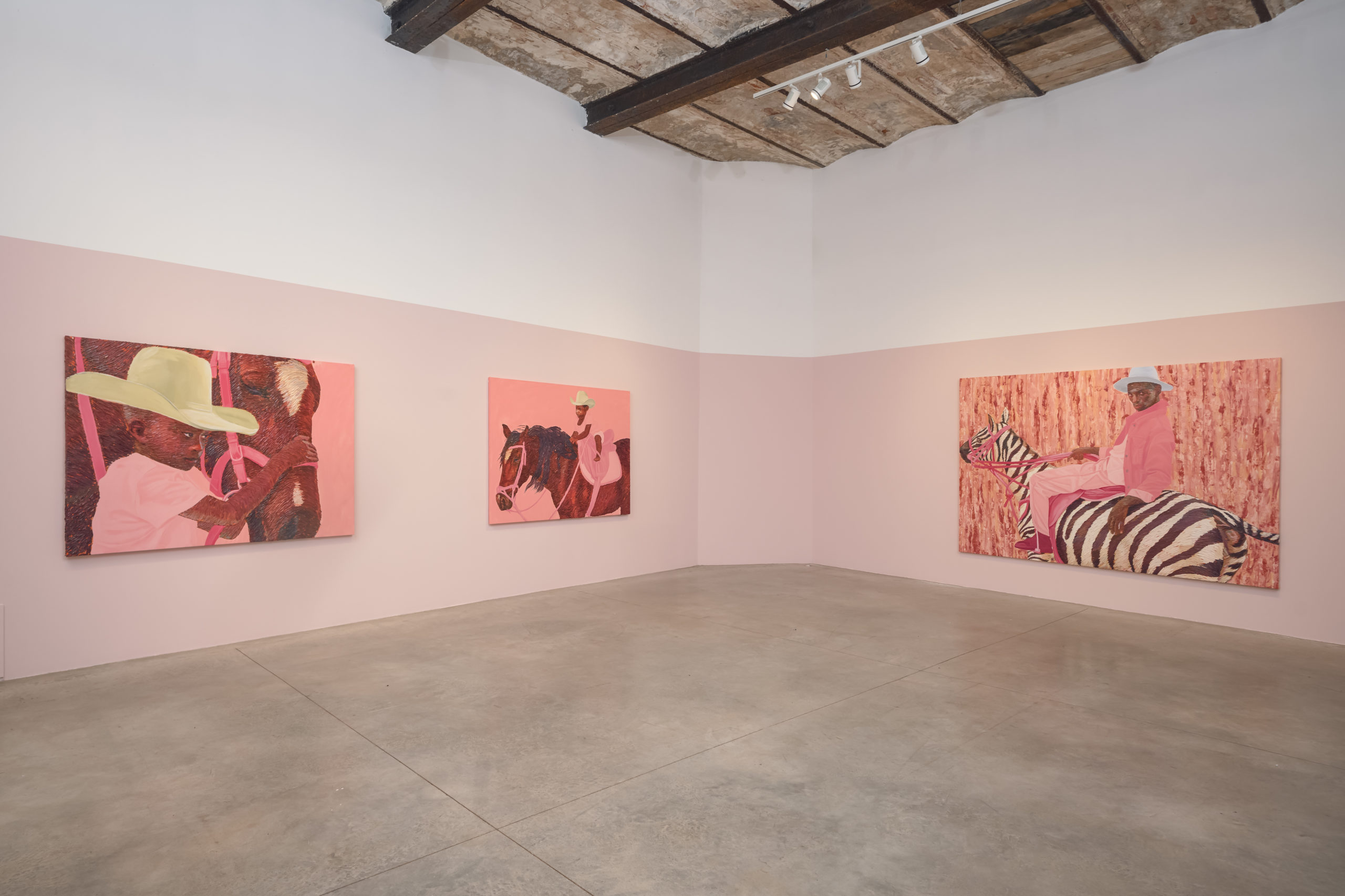
Zidoun-Bossuyt Luxembourg presents Canter Days: When Gallop Was the Scroll, the third solo exhibition of Samuel Olayombo with the gallery, from 25 September to 8 November 2025.
PRESS RELEASE
Zidoun-Bossuyt Luxembourg presents Canter Days: When Gallop Was the Scroll, the third solo exhibition of Samuel Olayombo with the gallery, from 1 October to 8 November 2025.
Samuel Olayombo’s artistic practice delves into the intricate interplay between identity, culture, and masculinity. By challenging conventional gender constructs, he creates portraits bathed in a vibrant shade of pink. For his third solo exhibition at Zidoun-Bossuyt Gallery, Samuel Olayombo presents a powerful new series that traverses memory, cultural mythology, and intergenerational trauma through a striking visual language centered on the child astride a horse. Drawing on the charged iconography of Western cinema, West African histories, and Yoruba visual traditions, Olayombo reclaims the figure of the rider—not as colonizer, outlaw, or mythic cowboy, but as sovereign child, as storyteller, as bearer of forgotten legacies.
Born in Nigeria in the late 20th century, Olayombo came of age watching American Westerns like The Lone Ranger, their tales of justice and freedom riding across the screen of a country not his own. Yet these images—so distant from Nigerian realities—did not estrange him; they seeded a dreamscape. In Canter Days, the artist returns to that boyhood gaze with radical intent: to reimagine the horse not as a symbol of conquest, but of reclamation. The children in these works do not imitate—they inhabit, command, and transmute. Their rides are not acts of mimicry but of restoration.
This exhibition explores a paradox: the innocence of childhood set against the heavy freight of history. Olayombo’s horseback figures echo a pre-digital time—a quieter, analog childhood shaped by outdoor play, communal storytelling, and tactile memory. It is, in his words, a world “before the scroll”—a reference not only to parchment or scripture, but to the endless, flattening scroll of digital life. His riders are grounded in the soil of lived experience, not lost in timelines.
Beneath this surface, however, is a more harrowing subtext. During the transatlantic slave trade, horses were not merely tools of colonial incursion—they were currency. In regions of West Africa including present-day Nigeria, Ghana, and Benin, human lives were bartered for horses. Olayombo’s decision to place children atop these animals carries immense symbolic charge: they ride the very creatures once used to devalue their ancestors. The reversal is exacting—and profound.
Colonial history re-emerges again in the curious, often forgotten detail of 19th-century European forces painting horses with black-and-white stripes to resemble zebras during invasions of East Africa. This act of deception—employed by British and German troops in regions such as modern-day Kenya and Tanzania—serves in Olayombo’s work as an indictment of camouflage, manipulation, and historical obfuscation.
Art historical references enrich the narrative terrain of the series. Boy Leading a Horse (1906), Pablo Picasso’s early masterpiece, provides a quiet counterpoint. Where Picasso presents a delicate, near-submissive youth, Olayombo offers assertive children—eyes forward, hands steady—guiding not only their steeds but a larger cultural reckoning. The image is not homage, but correction.
Central to Olayombo’s aesthetic is the treatment of the figure’s body—richly textured with a palette knife to evoke the scarification practices of precolonial Yoruba societies. Among the Ife people in particular, these marks functioned as permanent inscriptions of identity, ancestry, and spiritual affiliation. Olayombo restores this lexicon in paint. Each stroke functions as both wound and witness, surface and scripture.
Color, too, is deployed with subversive care. Soft pinks and tender pastels recur throughout the series—hues long coded as feminine or fragile. In Olayombo’s world, these colors are neither decorative nor deferential. They serve as emblems of interior life: vulnerability, compassion, fear, tenderness. In an age—and a continent—where masculinity is often defined by stoicism and dominance, Olayombo insists on a broader emotional spectrum.
Olayombo’s practice is scaffolded by a diverse constellation of artistic influences. From Barkley Hendricks, a fierce commitment to the dignity of Black portraiture; from Vincent van Gogh, the muscularity of gesture; from Alex Katz, compositional clarity; from Nigerian master El-Dragg Okwoju, a grounding in visual storytelling; and from Arja Välimäki, the poetics of texture and abstraction. Yet the result is unmistakably his own.
Canter Days is not a mere visual meditation—it is an act of cultural insurgency. Through its merging of memory, mythology, and historical counter-narrative, Samuel Olayombo constructs a space where childhood is neither marginalized nor romanticized, but monumentalized. His riders do not seek arrival—they assert return.
Biography
Samuel Olayombo (born in 1991) is a Nigerian artist, studied fine and applied arts at the University of Benin. In 2026 he will move to New York to complete his MFA Degree in Studio Art at The Hunter College, New York, NY. His work is shown internationally. Olayombo artworks are part of major collections including The Dean Collection, Los Angeles, CA; Elliot Perry Art Collection, Tennessee among others. He was a 2021 Visiting Fellow at the Noldor Artist Residency and presented his first institutional solo exhibition curated by Fabiola Ondzounga at the Institute Museum of Ghana, Accra, in March 2023. Samuel Olayombo presented two solo exhibitions at Zidoun-Bossuyt Dubai in September 2023 and at Zidoun-Bossuyt Paris in 2024.

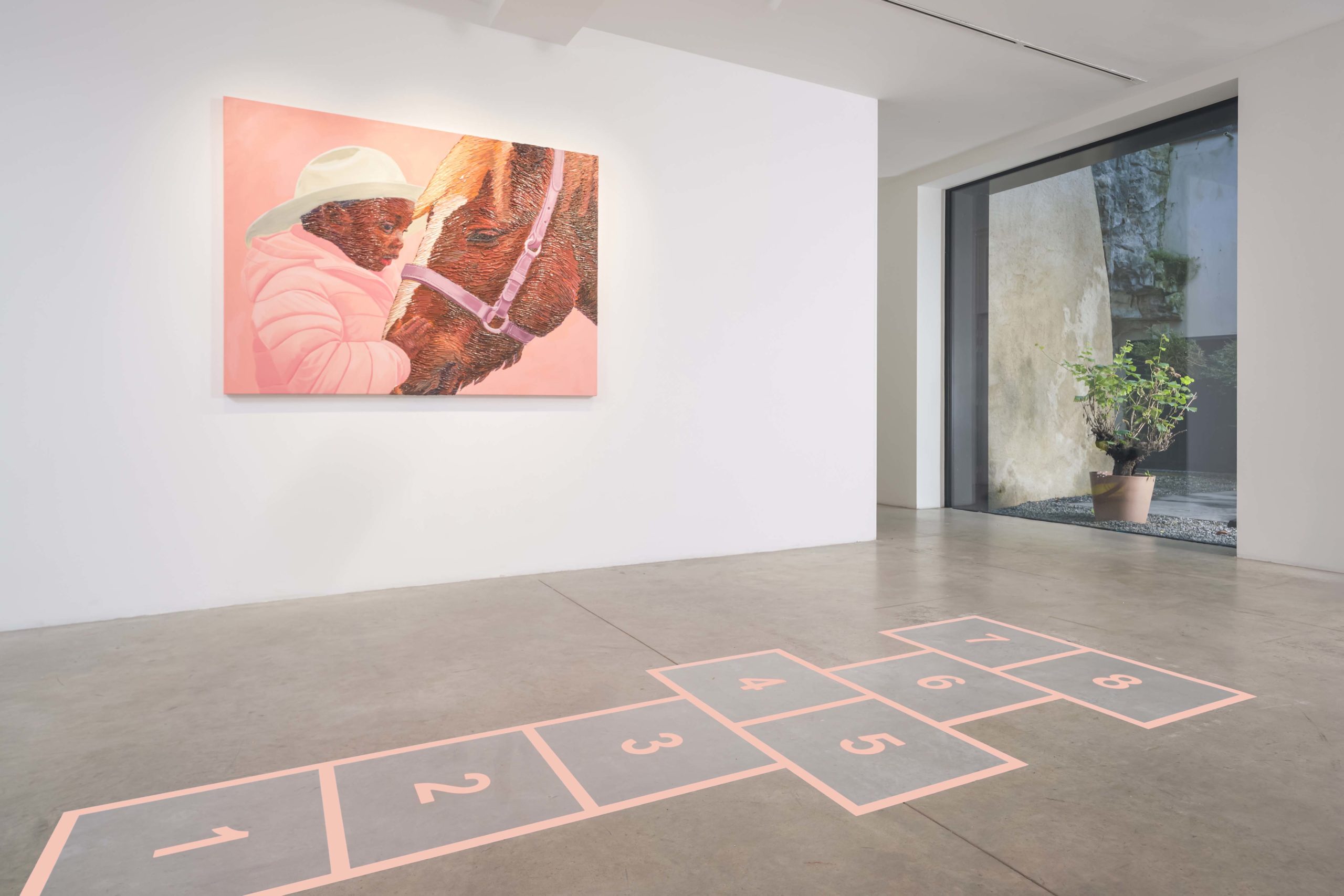
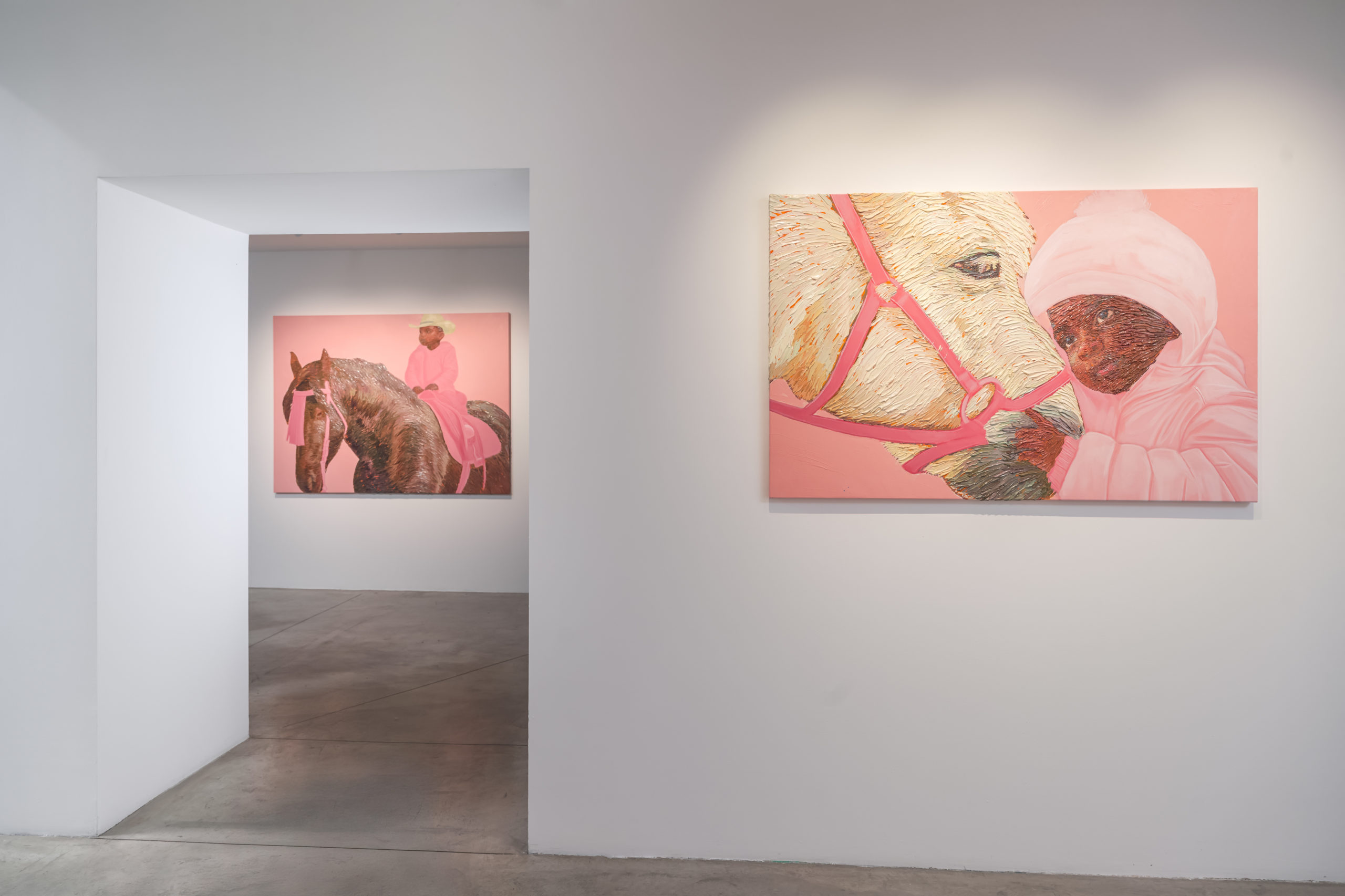
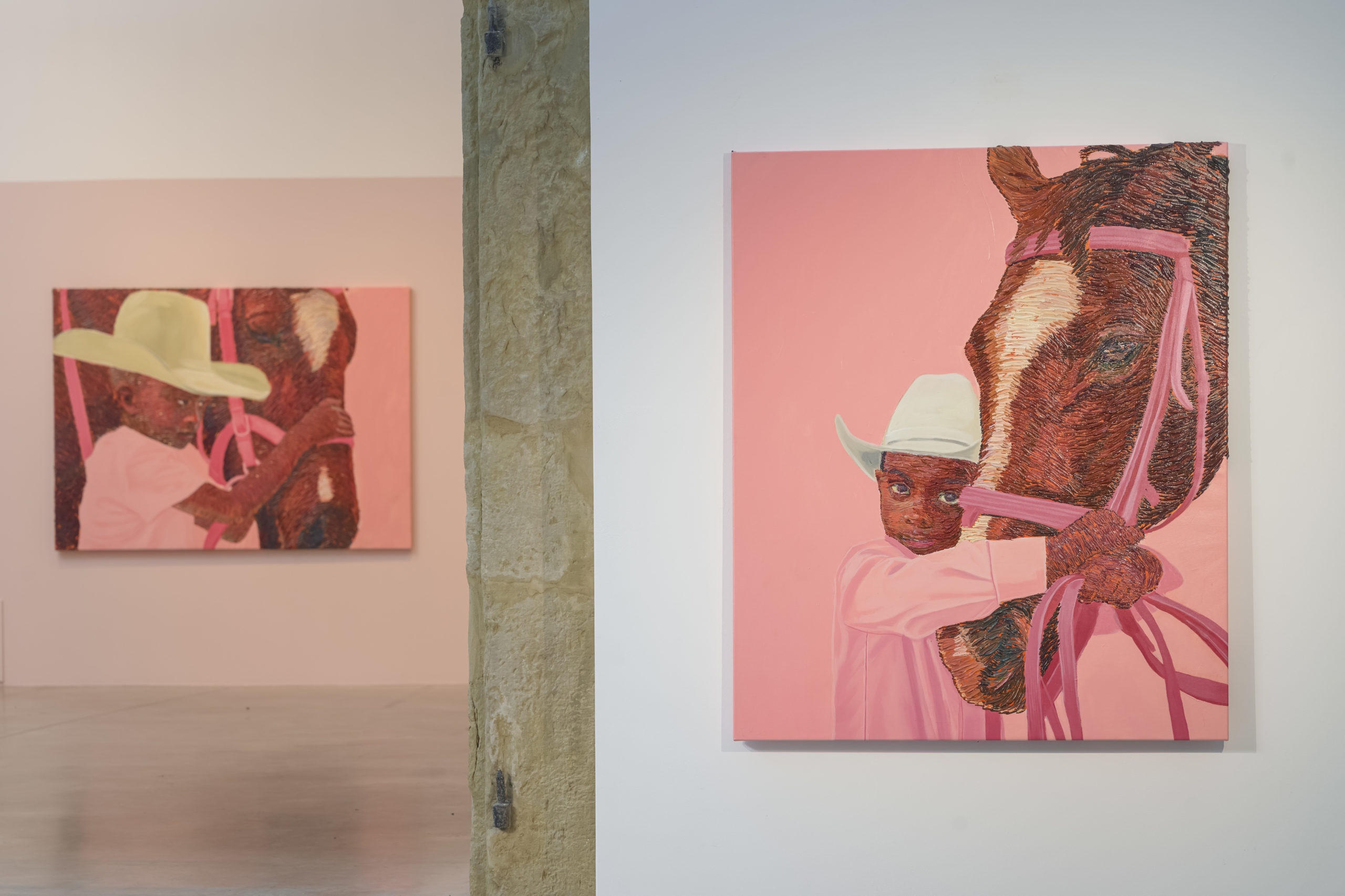
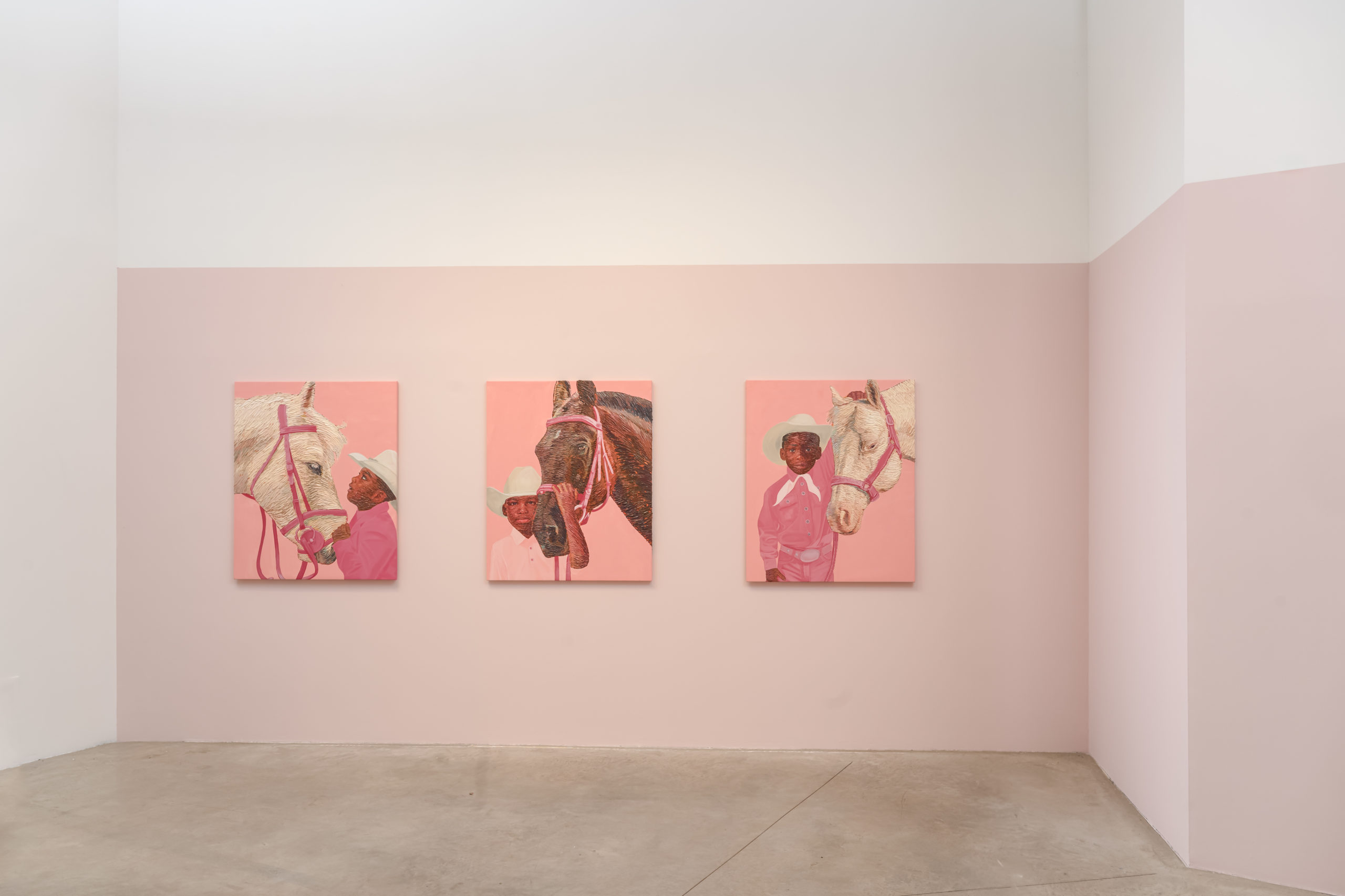
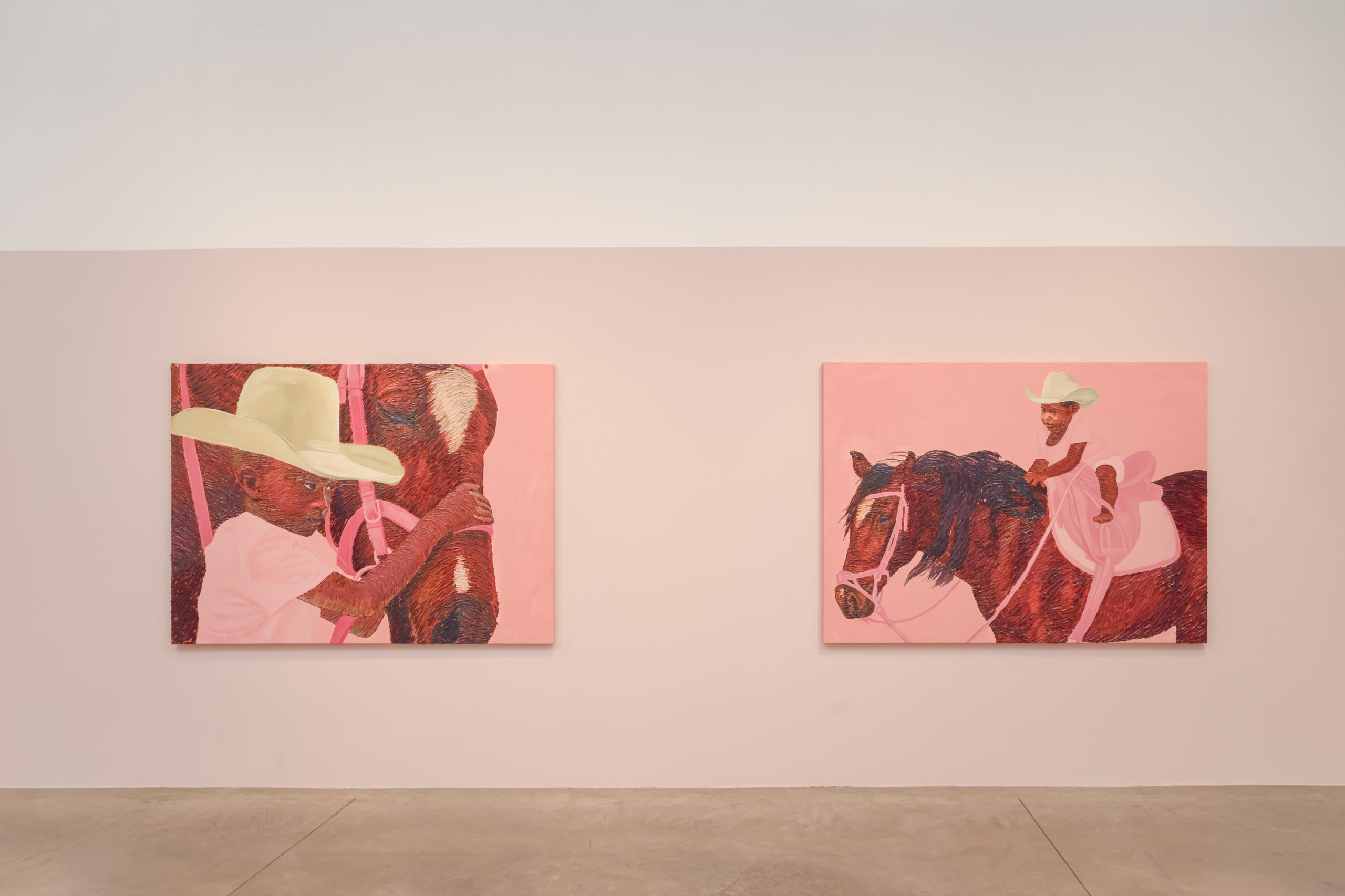

 UP
UP